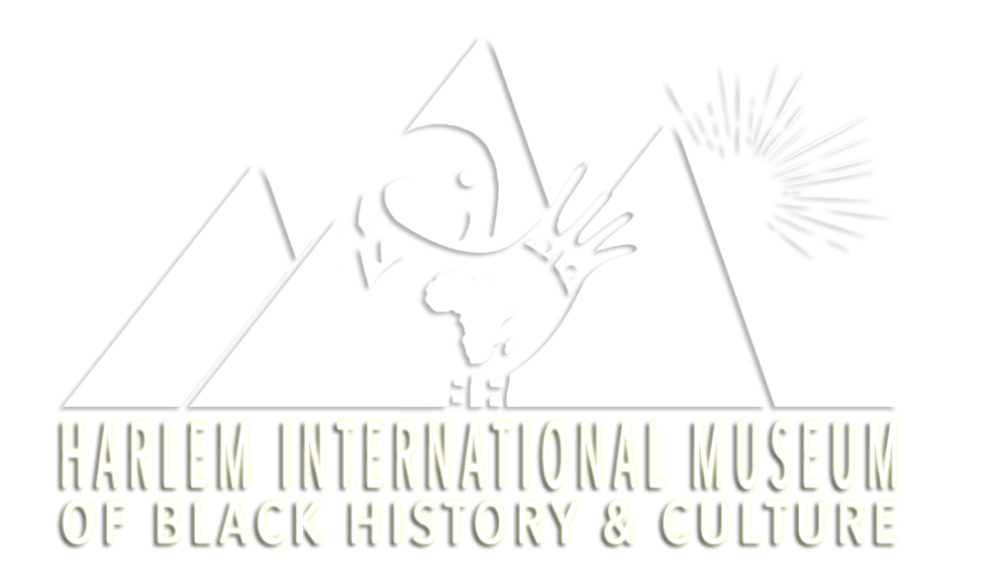
It was Black History Month in the year 1972, when a group of women and men of African descent met in Harlem at the home of Mr. ANDI OWENS. They were there not to celebrate Black History; but, to analyze and assess how and if the history, art and culture of people of African descent is being taught truthfully and correctly in our communities, schools and most of all in our society. If not, then to strategize a pathway to assure that the Father of Black History—Dr. CARTER G. WOODSON’s warning of the “…danger of being exterminated…,” if we fail to reach back “SANKOFA” rescue and reclaim our history and cultural tradition in order to go forward and progress as a people.
The group, also, adopted the professor of African Studies, Dr. MAULANA KARENGA’s
“Seven Principles of Kwanzaa” as a way of codifying our African cultural tradition:
1 – Umoja — To strive for and maintain unity in the family, community, nation and race
2 – Kujichagulia — Self Determination
3 – Ujima — Collective Work and Responsibility
4 – Ujamaa — Cooperative Economics
5 – Nia — Purpose
6 – Kuumba — Creativity
7 – Imani — Faith
In September 1972, the museum which was originally named: Genesis II Gallery of African Art, opened and was incorporated by the Board of Regents of the University of the State of New York. At that time, Genesis II’s primary purpose was to design and disseminate a series of traveling exhibitions. The purpose of these exhibitions; which were shown at colleges, cultural institutions, museums, public schools and in the parks, plazas and the streets of New York State, was to stimulate public interest in the art, culture and history of persons of African descent. From 1972 to 1977, fifty (50) exhibitions were mounted and displayed.
“Emancipate yourselves from mental slavery, none but ourselves can free our minds…’’
“Redemption Song” – BOB MARLEY
The Genesis Museum of International Black Culture was conceived as a direct consequence of the overwhelmingly positive response to these exhibitions. These responses showed the need, indeed the hunger of the community and public at large, to learn about the roots of Black culture. The Genesis Museum of International Black Culture is designed as a major institution to present the vast panorama of African culture from the diaspora.
In 1980, the Museum established its International Curatorial Board. Composed of international scholars, educators, museum curators, art gallery owners and professionals to serve as a consulting body that would provide Genesis Museum with scholarly documentation, supporting and validating the museum’s exhibitions, educational programs, research and collection. Also, to create and promote major international exhibitions for the museum; while conducting conferences, lectures, symposia, seminars and book talks; to serve as ambassadors to countries around the world promoting Genesis Museum and its mission.
In 1981, The Genesis Museum established a temporary Museum-in-Residence at the University of the City of New York, City College to serve as a resource center for the Harlem community, the college and the city. The Museum provided services to the college and the public with a series of exhibitions and cultural educational programs designed to expose the community, as well as, the college students to the rich history, art and culture of the people of African descent. The Museum also coordinated with the College’s Black and African Studies Department to enhance and reinforce students’ studying Black and African History and make visual what they study in textbooks.
In 1983, the museum began its Summer Youth Employment Program. This involved comprehensive training of Harlem’s high school youth in all aspects of Museum operations. The program was designed to expose and teach Black and Hispanic youth, some for the first time, about their history and culture. They learned how to conduct research, exhibition design and installation. They serve as tour guides for visitors, students, teachers and administrators in New York City Schools. Students learn self-esteem simultaneously with academic skills (reading, writing, and public speaking.)
In 1988, the museum began a search for a permanent home in Harlem. The museum established the Hamilton Heights Development corporation and its Housing Development Corporation. The corporation’s mission was to participate in the housing and economic redevelopment of the Harlem community. By 1994, the museum was successful in developing and renovating 3 apartment buildings which created 56 housing units which provided clean, safe, affordable housing for homeless, no-low income Harlem residents. The decade of the nineties saw the museum consistently providing history, art and cultural programs to the Harlem community.
In 2004, the museum opened its educational center in central Harlem. Students of all ages visited the museum to learn about and experience the museum’s rich collection. Student workshops were designed to enhance the student’s knowledge about their cultural heritage. Workshops were coordinated with their teachers so lesson plans could be developed to assure consistency and continuity with lessons taught in class.
In 2020, the museum relocated to its new permanent home in the Dendur Genesis building at 504 West 126th Street. This West Harlem location is central to New Yorkers, as well as, the entire TriState region for visitors. This space is designed with administrative office space, storage space for the museum’s collection and library, and most importantly, exhibition spaces. In 2022, the museum opened to the public with its first major exhibition, “Ancient Egypt, Black Africa’s Gift of Civilization” The exhibit uses historical artifacts and art to teach about the culture of the ancient Egyptians and their civilization they gave to the world.


Leave a Reply